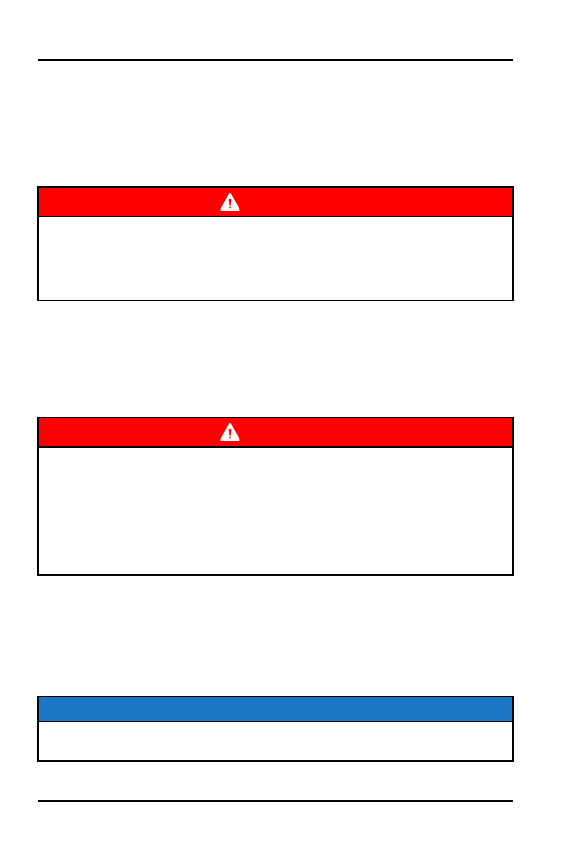Snowmobile Polaris 600R Racer (2017 year). Instruction - part 17

BRAKES
HYDRAULIC BRAKE INSPECTION
Inspect the brake lever reserve before each use of the snowmobile.
Brake pads must be replaced when the brake pad material becomes thinner
than the backing plate (approximately 1/16 inch or 1.5 mm). A kit is available for
replacing brake pads. Your POLARIS dealer can assist.
WARNING
Brake failure during operation can result in serious injury or death. Properly
functioning brakes are vital to your safety. Be sure the brake pads do not drag
on the disc and that brake lever travel is not excessive. Always replace brake
pads when the brake pad material becomes thinner than the backing plate
(approximately 1/16 inch or 1.5 mm).
EXCESSIVE LEVER TRAVEL
Hydraulic brakes are self-adjusting, but if excessive brake pad clearance
develops, bring the snowmobile to an authorized POLARIS dealer, or other
qualified person, for inspection and adjustment.
BRAKE FLUID
WARNING
After opening a bottle of brake fluid, always discard any unused portion. Never
store or use a partial bottle. Brake fluid is hygroscopic, meaning it rapidly
absorbs moisture from the air. The moisture causes the boiling temperature of
the brake fluid to drop, which can lead to early brake fade and the possibility of
accident or serious injury. Keep the master cylinder cover free of dirt and
debris. The vent slits allow for diaphragm movement, and if they become
plugged, movement of brake fluid below the diaphragm may be restricted,
altering brake function.
View the brake fluid level through the sight glass on the top of the master
cylinder. The eye will appear dark when the fluid level is full. If the sight glass is
any color other than black, add brake fluid.
Maintain the brake fluid level between the MIN and MAX marks on the master
cylinder reservoir.
Replace brake fluid at least every two years.
NOTICE
Brake fluid will damage labels, paint, and some plastics. Always wipe up spills
immediately.
72